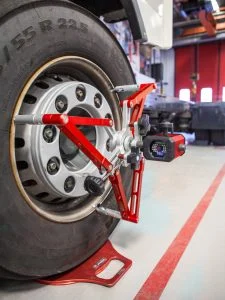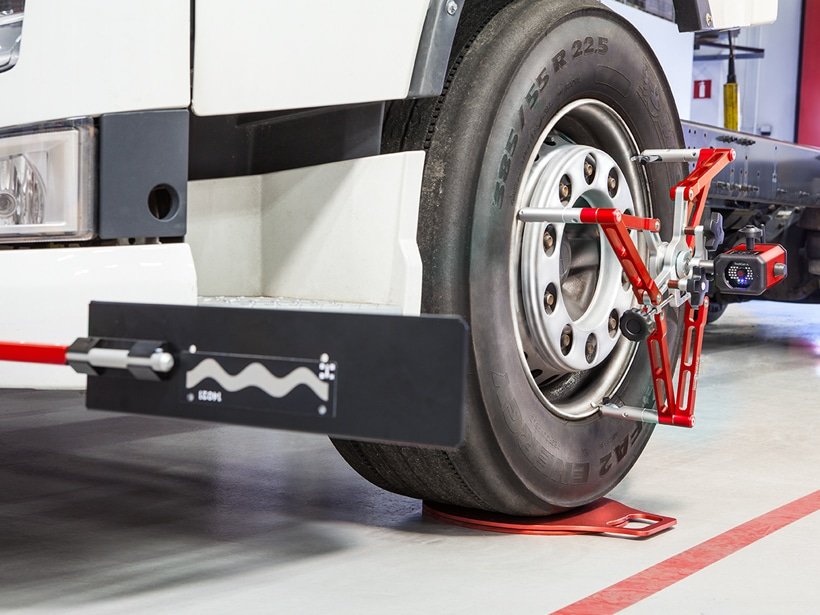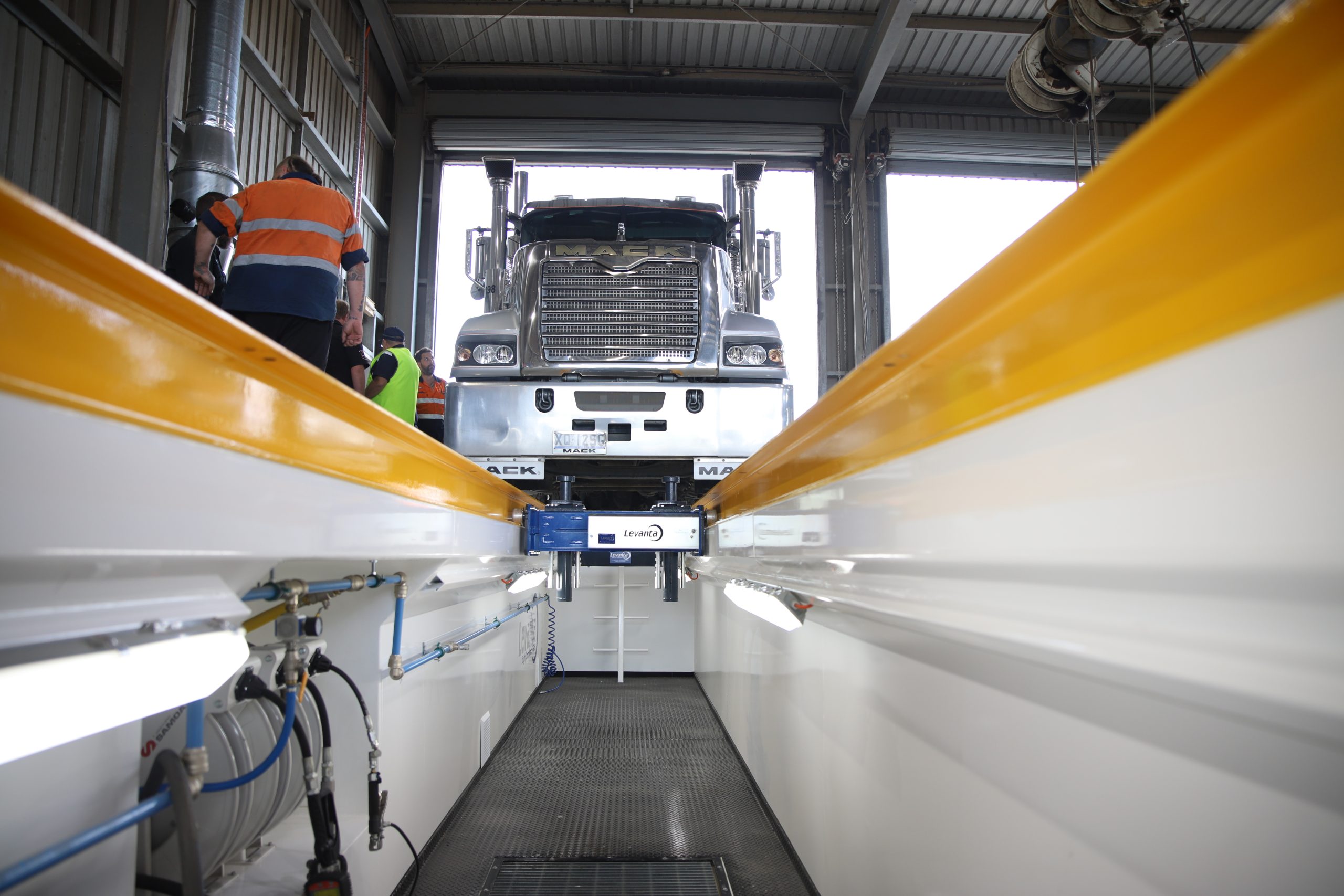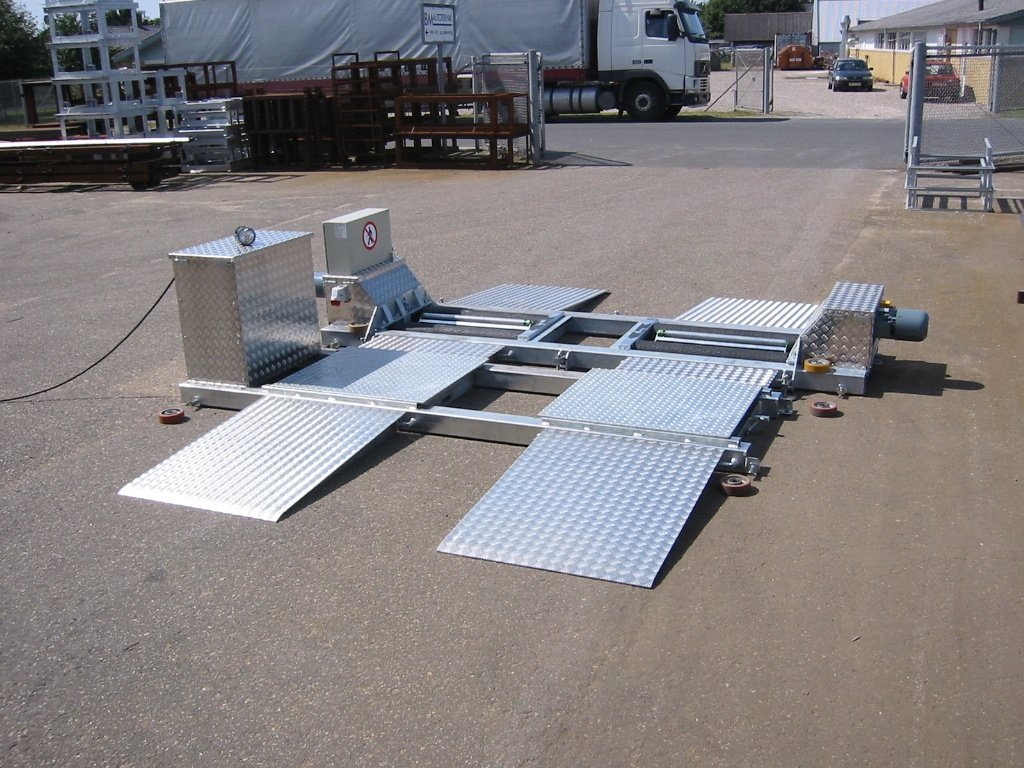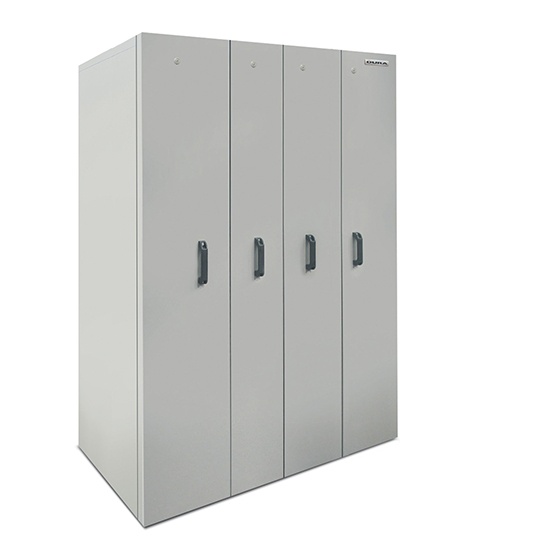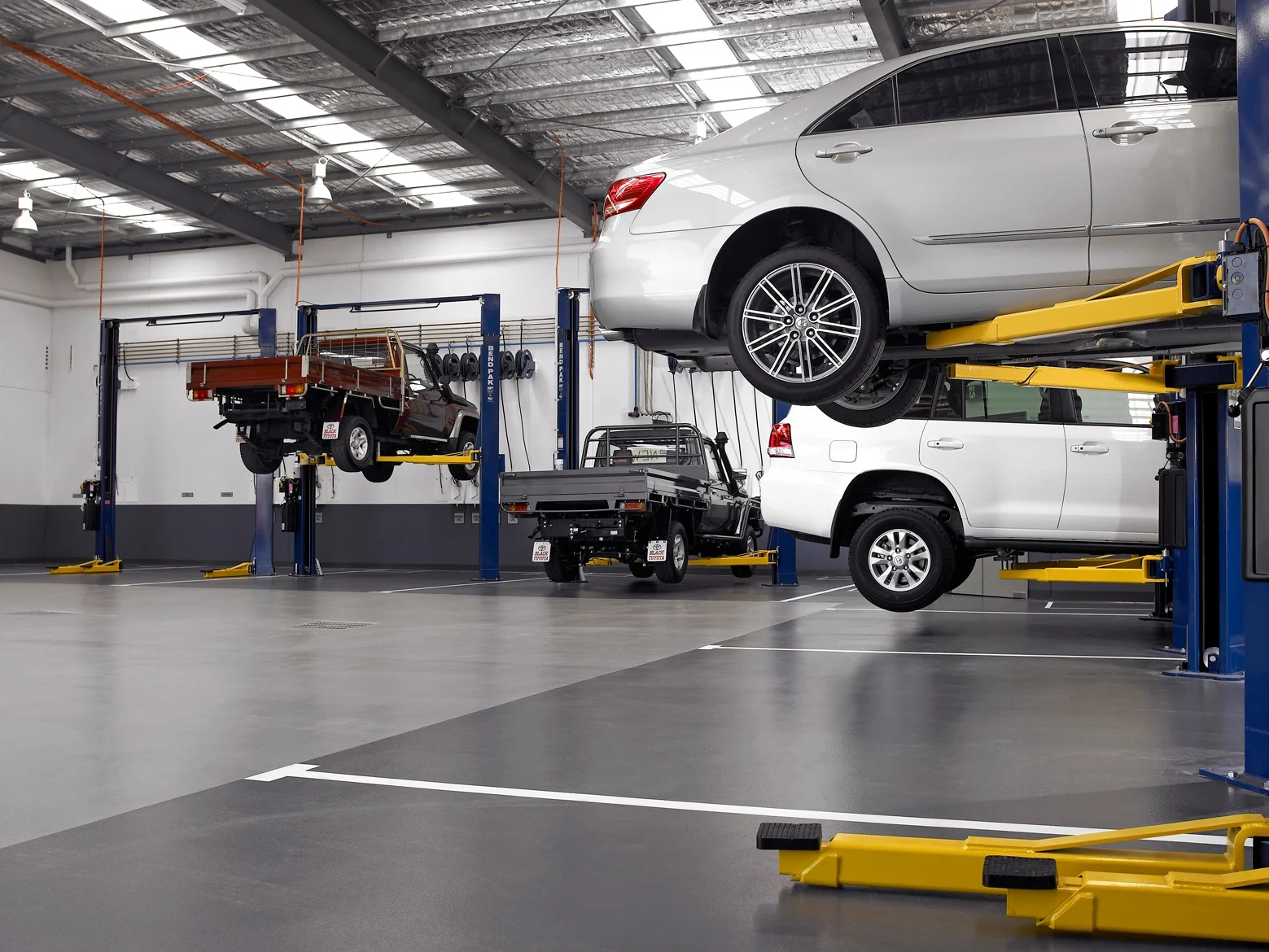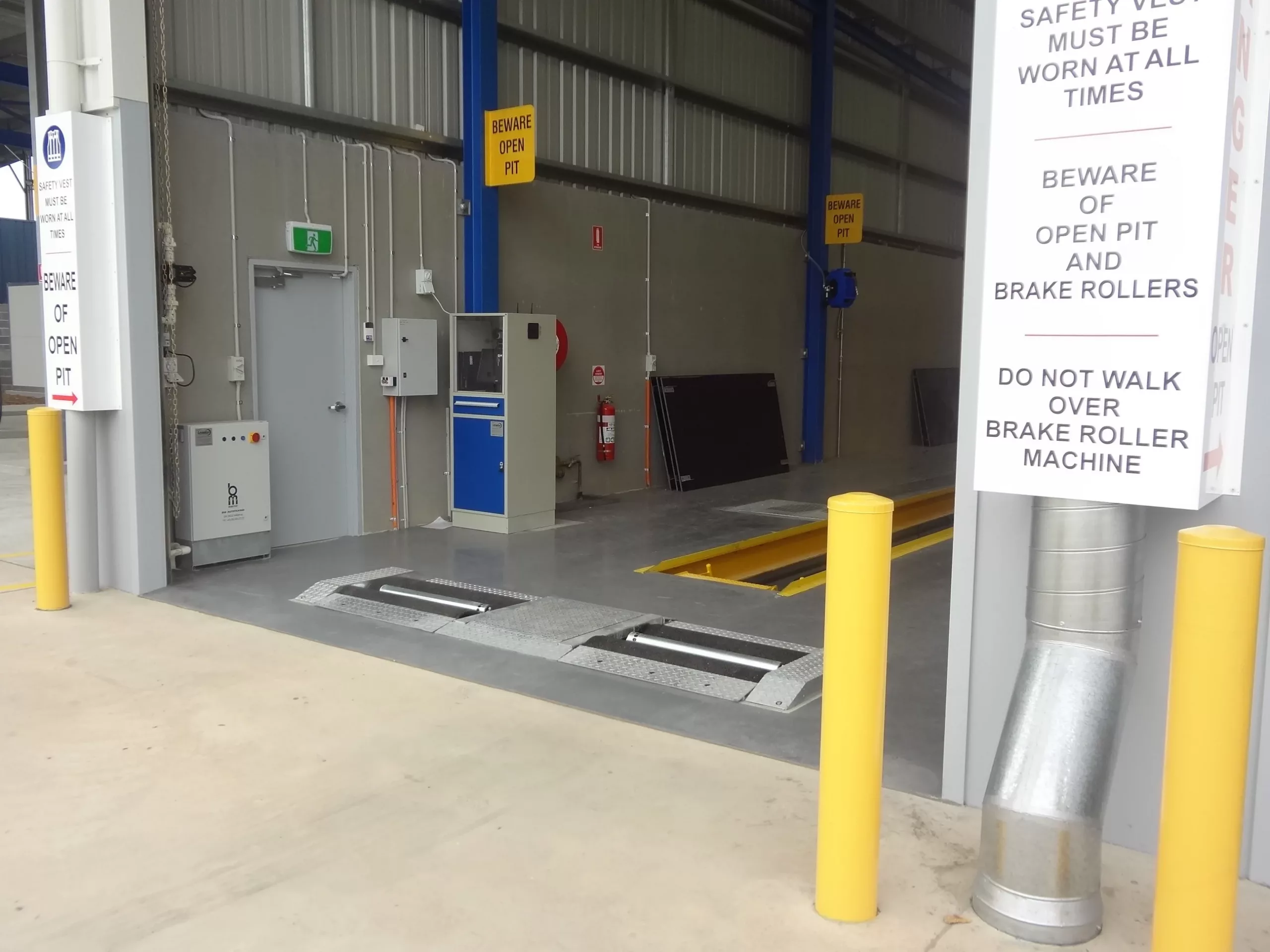Levanta takes you through the issues for your workshop
The National Heavy Vehicle Regulator has advised that workshops must now use dynamic weight to assess the efficiency of a heavy vehicle’s braking system, and that both static and dynamic weight and deceleration must be shown on the report.
So which roller brake tester should you choose for your workshop? In this news post, Levanta’s brake testing experts run you through the issues to be aware of, and demonstrate which equipment you need to be able to perform the right kind of test once your RBT has been properly set up.
What’s the difference between static and dynamic testing?
- Static weight is the weight measured when a vehicle’s axle is first put onto the brake tester. It is in effect the dead weight once the wheels enter the roller bed and the vehicle is simply sitting there.
- Dynamic weight is the weight measured at the point where the test is terminated by either the wheels slipping by about 30% on average. (The actual slip range is 27% +/- 3% but let’s call it 30%.)
- Static deceleration is the deceleration of the axle or vehicle using static weight i.e. the weight measured when the axle/ vehicle is put into the rollers.
- Dynamic deceleration is the deceleration of the axle or vehicle using dynamic weight i.e. the weight as measured at the point of termination of the test.
Deceleration can be displayed as metres per second per second M/S/S or M/S2. Alternative metrics are kilonewtons per ton (kN/T) and % of Gravity (%g).
M/S2 and kN/T work out to be the same mathematical answer (i.e. 4.4 kN/T = 4.4 M/S2) whilst %g is a fraction higher (in reference to 4.4 M/S2 = 45 %g) due to the allowance for gravity.
kN/T is the easiest way to explain how it works, so we will use it in this example.
When the brakes of a vehicle are applied on a roller brake tester, they try to stop the wheel from turning and therefore also try to stop the rollers. The force that is generated by the brakes being applied is measured in kilonewtons.
Measuring axle weight for brake testing
The other factor required to get a measurement is the weight of the axle. As you have probably guessed, again there are two choices here: static weight and dynamic weight.
Reactive suspension is a suspension type (usually a trailing arm suspension) that reacts when used in a roller brake tester.
Due to the physics of testing using rollers, there is a tendency for the wheel or wheels in the rollers to be lifted out of the rollers and pushed backward.
With a traditional suspension, there is minimal weight change, as the energy is dissipated within the axle. There is often a slight weight increase with traditional or steel sprung suspensions.
With trailing arm suspensions however the weight shift is more pronounced, with the weight being shifted to other axles on the axle group (a bit like a lever being used to lift the axle). This causes in some cases in excess of a 40% reduction in the weight (compared to static weight) at the point of termination of the test.
Using the example of kN/T the result is calculated thus: BF/Wt=Dec where BF is brake force (in kN), Wt is weight in tons and Dec is deceleration.
Why static and dynamic weight matters
Adding some actual numbers to this equation we get the following examples.
Total static weight of the vehicle = 10 tons, total brake force = 44kN. Total dynamic weight = 7.5 tons.
Using this, there are 2 possible results:
- Static deceleration (BF/Wt=Dec) 44/10=4.4 kN/T and
- Dynamic deceleration 44/7.5=5.87 kN/T.
As you can see the dynamic weight/deceleration generates a higher number of kN/T.
The requirements under the National Heavy Vehicle Regulator are for a minimum of 4.4 kN/T (or M/S/S). In this example the static deceleration would just pass, while the dynamic deceleration would provide a healthy pass.
The challenge of testing a trailer or light vehicle
There’s an extra challenge involved when you’re testing the brakes on a trailer or light vehicle. Of course, due to the nature of haulage, trailers need to weigh as little as possible in order to maximise the load that they can carry.
This creates a problem, as in Australia there is no requirement to have a load on the vehicle when it’s tested. As a result the trailers are usually very light and do not provide sufficient weight in the rollers to achieve an accurate result where static weight is used.
When put into the roller brake tester unladen, they are likely to slip early and terminate the test before the maximum braking force reading is achieved.
Due to the large number of trailers with reactive suspensions in Australia, the NHVR has instructed the industry not to use dynamic weight/deceleration alone in the evaluation of all vehicles over 4.5 tons Gross Vehicle Mass (GVM).
It is still a requirement to display static weight and deceleration on the reports as well – but dynamic weight is used for the evaluation.
What to consider when investing in a roller brake tester
When you’re weighing up different roller brake testers, you should consider the equipment’s ability to measure both static and dynamic weight, so that you can tick all the boxes when testing and make sure you meet NHVR requirements.
It’s also a good idea to consider future-proofing your investment to handle any potential changes that the NHVR may require in the future, such as:
- Artificial load simulation
- Air pressure testing
Here are some other resources on Brake Testers that you might find interesting:
Case study: Cleanaway Dandenong fitout including brake tester
How to set up your roller brake tester for best results
Heavy vehicle brake testing criteria update
Talk to Levanta for the right roller brake tester for your business
For advice on the best solution for your business, talk to the expert team at Levanta. The equipment we supply is capable of producing reports that comply with the NHVR’s requirements – as well as addressing many potential future changes.
Levanta are heavily involved in the industry:
- Members of our team are on the Australian Standards Committee
- Members of the Australian Trucking Association Industry Technical Council
- Members of Heavy Vehicle Industries Australia
- We meet regularly with the National Heavy Vehicle Regulator
To find out more about brake testers and how they can work with your vehicle workshop, get in touch with Levanta on 1300 577 541 or with your local office’s contact forms here.
